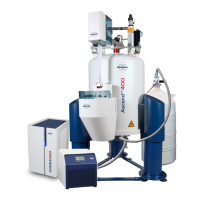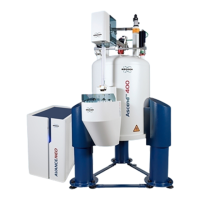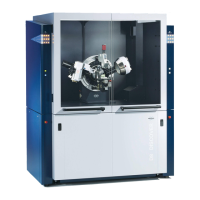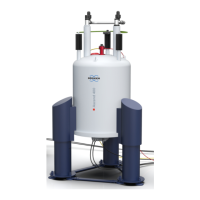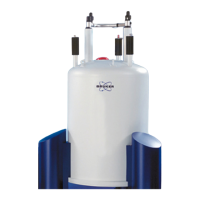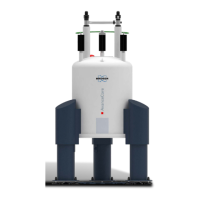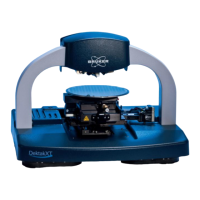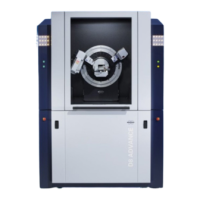Environment and Site Survey Measurement
H157655_1_008 51
7.2 Magnetic Environment
The presence of any ferromagnetic materials in the immediate vicinity of the magnet will
decrease the magnets homogeneity and may degrade overall performance. Although
minimum requirements for routine NMR are not stringent, the magnetic environment must be
optimized if more sophisticated experiments are being carried out. Usually, the effect of metal
pipes, radiators, and other such objects can be “shimmed out”, but whenever possible, this
should be avoided.
7.2.1 Guidelines for Static Objects
The next table gives a list of common sources of magnetic interference for magnets. These
items should be located according to the recommendations below. It must be emphasized
however, that such recommendations represent a situation that may not be achievable.
Please consult with Bruker for possible solutions if one or more of these recommendations
cannot be satisfied.
Object Minimum distance from magnetic center (m)
Steel reinforced walls 2
Radiators, plumbing pipes 2
Metal table, metal door 2.5
Filing cabinet, steel cabinet 2.5
Iron or steel beams 3
Massive objects, e.g. boiler 3
Table7.5: Guidelines for Static Magnetic Objects
7.2.2 Guidelines for Moving Objects
The table below serves as a guideline for moveable magnetic material.
Object Actual distance from magnetic center (m)
Steel cabinet doors 3
Large metal door, hand trolley 4
Elevators* 6
Trucks, cars, fork-lifts 9
Trains, subways, trams* 30
*Elevators, trains and trams are more likely to be a source of vibrational interference.
Note that D.C. operated elevators, trains, and trams may cause disturbances over much
larger distances (see Guidelines for DC Interference [}53]).
Table7.6: Guidelines for Moveable Magnetic Objects
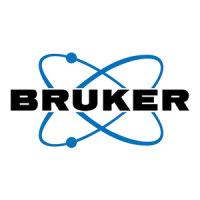
